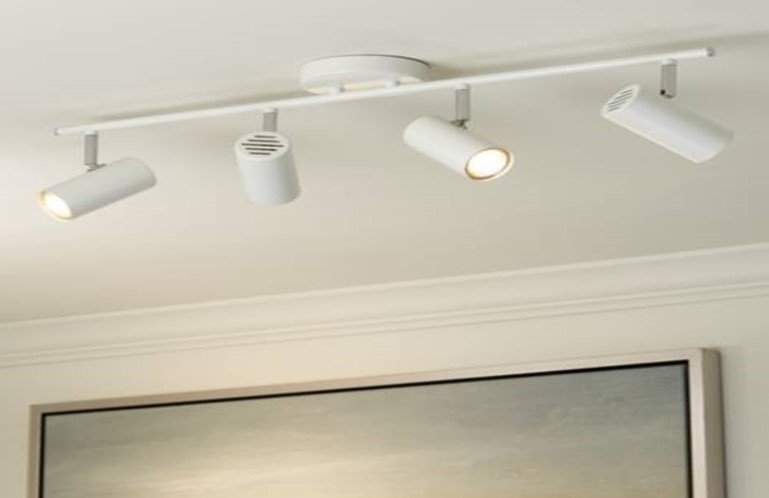As technology continues to evolve, so do LED track lights, pushing the boundaries of innovation and setting new standards for efficiency, design and functionality.
The latest developments in LED track lights bring a range of advancements to meet the diverse needs of residential, commercial and industrial spaces. In this article, we’ll explore the cutting-edge innovations that define the current LED track lights, showing how they have a huge impact on modern lighting solutions.
Integration of Intelligent Technology
The use of smart technologies is a notable trend in the most recent advancements in LED track lights. Users can enjoy previously unheard-of levels of personalization and control with smart LED track lights. With the seamless integration of these smart systems into the smart home ecosystem, customers can operate lights remotely using voice commands, laptops, or smartphones.
Smart LED track lights allow users to adjust brightness levels, change color temperature, and even program dynamic lighting scenes to suit different activities or moods. This versatility allows for exact control over the amount of light emitted, which not only improves user experience but also increases energy economy.
Adjustable White Technology
With its ability to replicate the dynamic properties of sunlight, the adjustable white light technology is a significant advancement in LED track lights. With the use of this innovation, users can change the lights’ color temperature from warm to chilly daylight tones. This can improve the illuminated space’s aesthetic attractiveness.
For instance, in a home, adjustable white LED track lights can provide brilliant, vivid light for activities during the day and at night providing a warm and inviting ambiance.
Advanced Beam Control
Modern LED track lights come with sophisticated beam control technology for focused, adaptable lighting. This invention is particularly useful in settings like retail, galleries, and museums where it’s necessary to draw attention to particular items or sections.
With the adjustable beam angle, designers may precisely focus light to accentuate architectural details or retail displays. This degree of control is used in household design as well as business spaces.
Improve Energy Efficiency
The development of LED technology has always been centered on energy efficiency. The most recent advancements in LED track lights keep pushing the envelope in terms of sustainability. Additional energy reductions are made possible by advancements in LED chips, driver efficiency, and thermal management. Thus, by lowering the carbon footprint, LED track lights can lessen their influence on the environment in addition to consuming less electricity.
These energy-saving techniques are compliant with international programs that support sustainable practices and lower energy use. LED track lights are becoming more and more popular as an eco-friendly lighting option.
Modular Design and Customization
The newest developments in LED track lights have a major trend toward modularity, which provides unmatched installation and design freedom. Nowadays, manufacturers provide simply assembleable and configurable modular components that meet individual needs. This makes it possible to design personalized lighting solutions that fit the particular requirements of various spaces.
From adjustable tracks and replaceable optics to modular LED units, these customizable elements enable designers and end users to customize lighting settings for optimal performance and aesthetic appeal.
Conclusion
The most recent development in LED track lights represents a significant advancement in lighting technology. These developments keep improving the way we light, from the incorporation of intelligent features and adjustable white light technology to advanced beam control, modular design, and customization.
Along with sustainability, energy efficient solutions continue to drive the development of LED track lights, making them not only light sources, but also environmentally friendly lighting.
Ronse’s LED track lights will keep evolving as technology does, not just to enhance current functionality and performance but also to introduce new ideas in design, intelligence, and sustainability.



